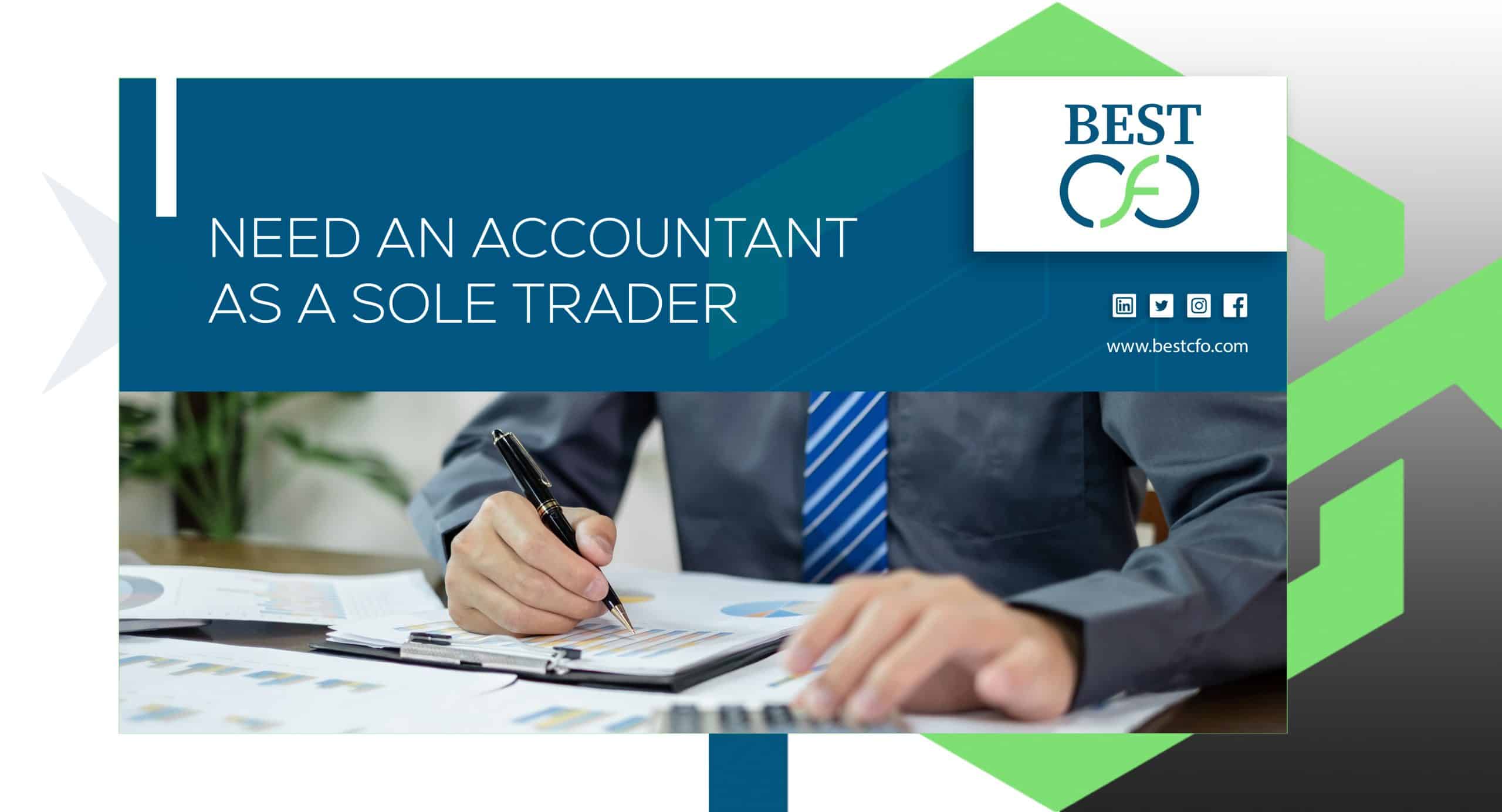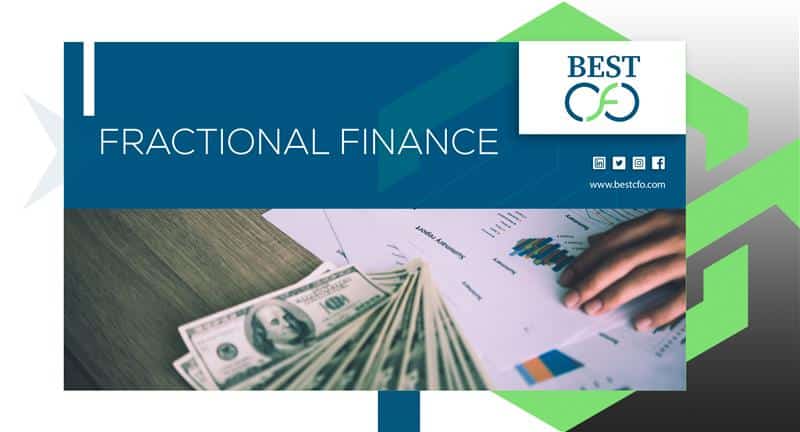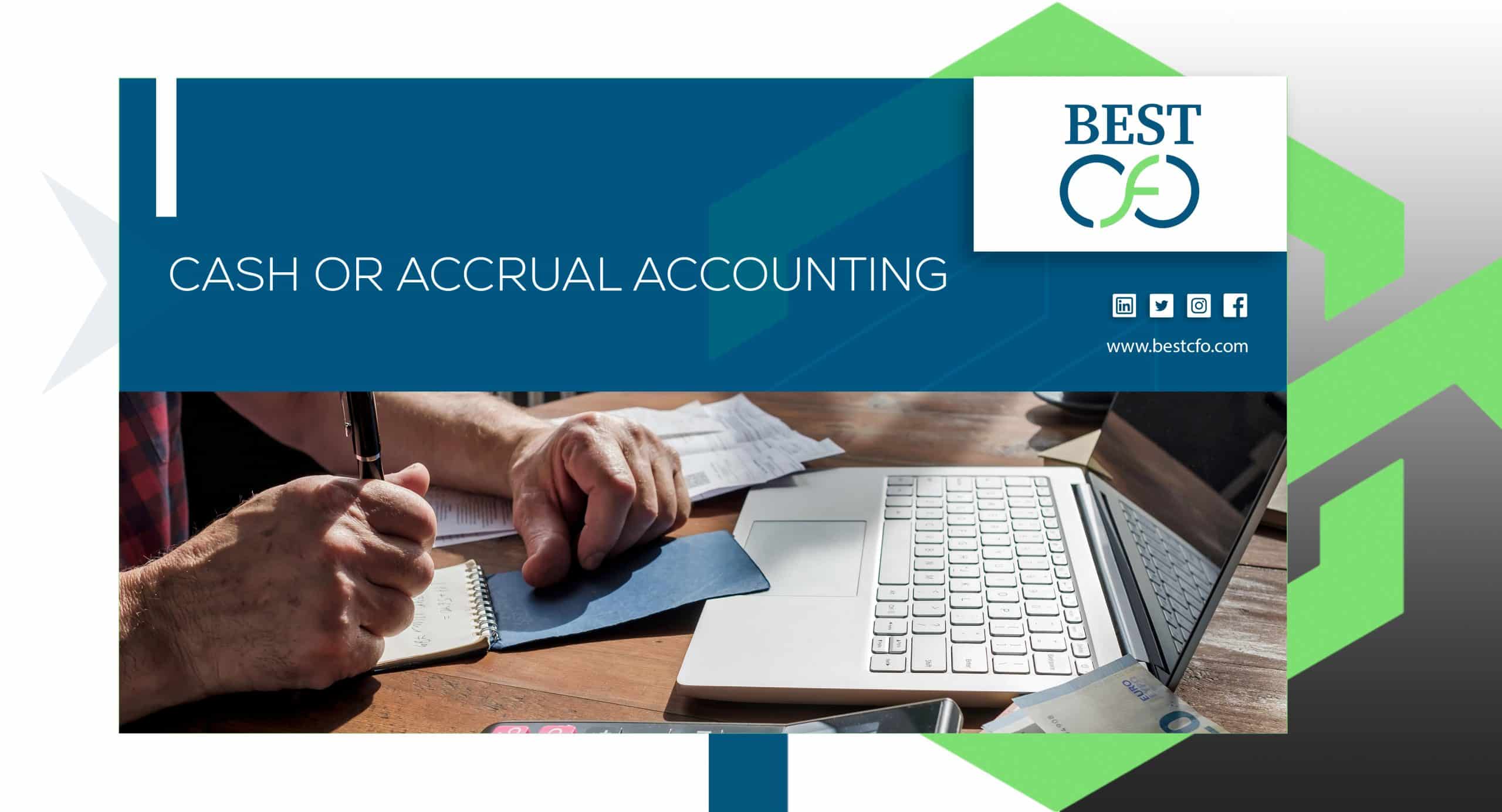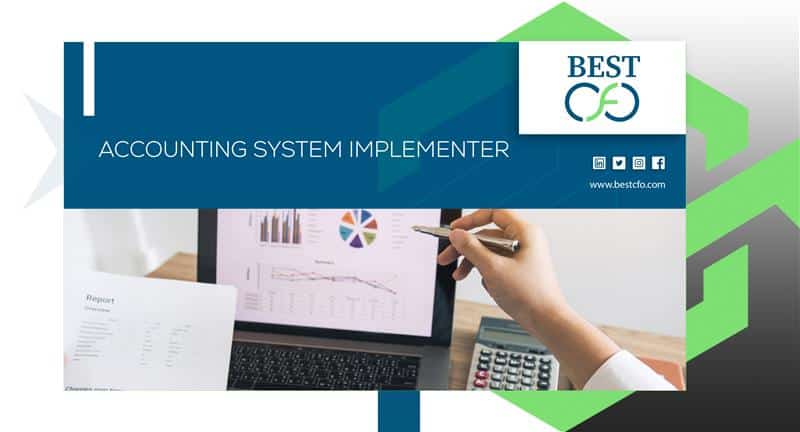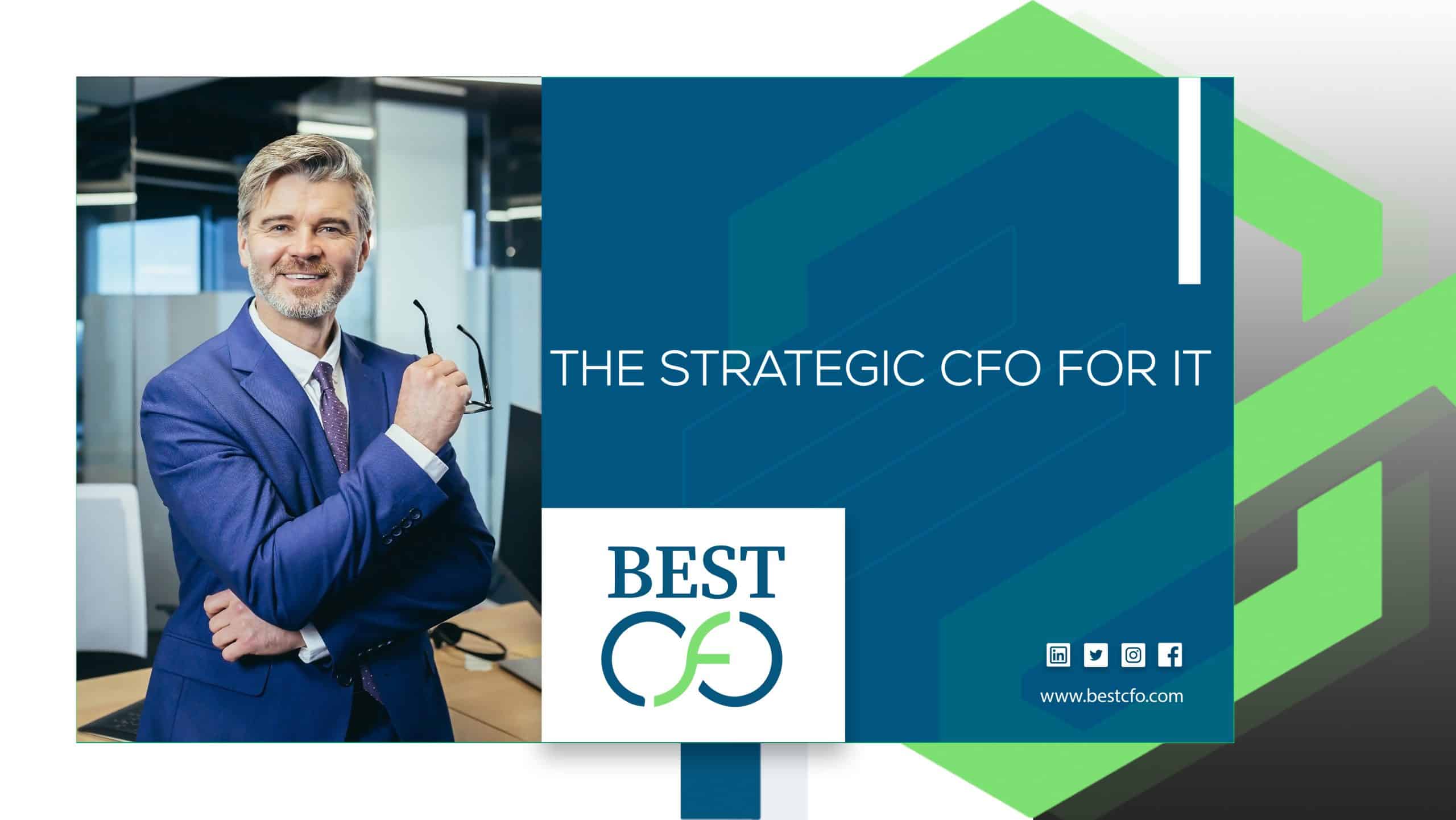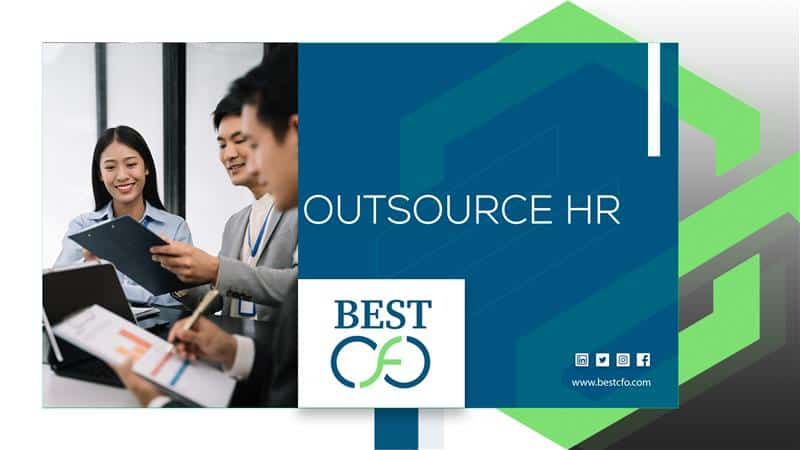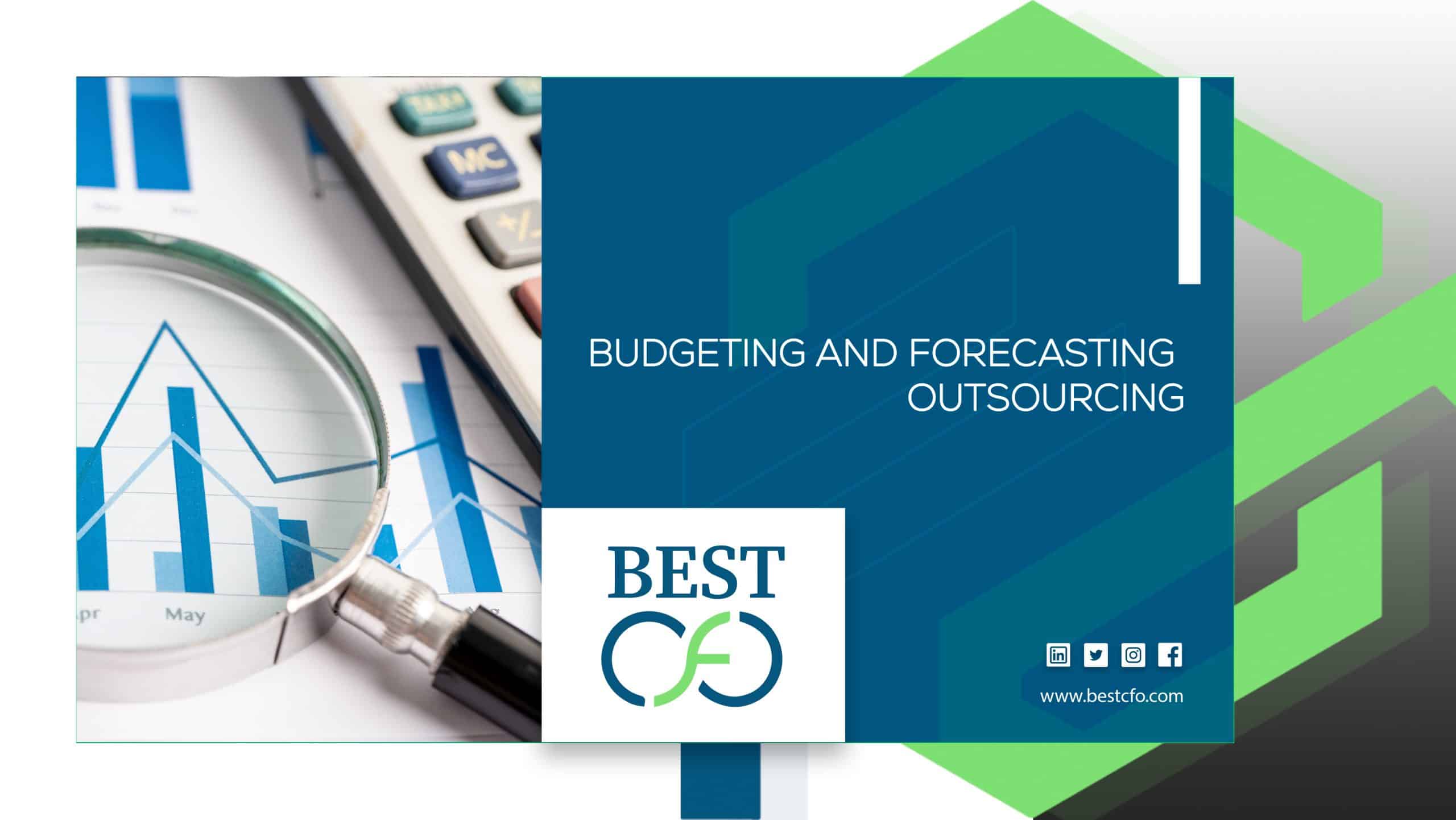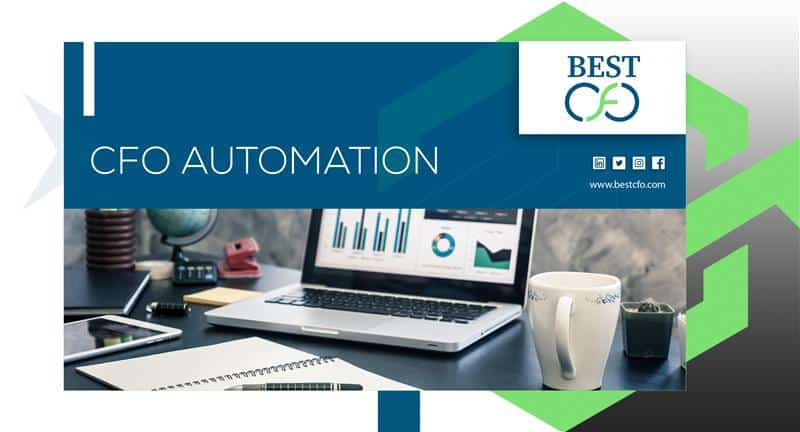
| Getting your Trinity Audio player ready... |
CFO Automation: Why Finance Leaders Can’t Afford to Ignore It
“60% of all finance tasks can now be automated.”
This bold finding from McKinsey has shaken up boardrooms—and for good reason. The finance world is changing fast, and at the center of that change is automation.
If you’re a CFO or finance leader, automation isn’t just a “nice-to-have” anymore. It’s the key to staying sharp, cutting costs, and growing smart. In this blog, we’ll dive deep into CFO automation—what it is, why it matters, and what risks you face if you ignore it.
Let’s explore why now is the time to act.
The Rise of Automation in Finance
Gone are the days of messy spreadsheets and endless data entry. Finance used to mean hours of manual work—processing invoices, reconciling accounts, running reports. Now? Much of that can be done in a few clicks.
Thanks to AI, machine learning, and robotic process automation (RPA), finance teams can now do more with less. These tools don’t just speed up tasks—they help finance leaders gain sharper insights and reduce errors that used to cost time and money.
Why CFOs Are Turning to Automation
Here’s why CFOs are making the switch:
- Real-time insights: Today’s leaders need up-to-the-minute data to make smart decisions. Automation makes that possible.
- Lower costs: Automating repetitive work saves labor hours and reduces costly mistakes.
- Better compliance: Automated systems help keep reports clean and audit-ready, reducing risks of fines or penalties.
Key Technologies Driving CFO Automation
Let’s break down the major tools reshaping finance:
- Robotic Process Automation (RPA): Takes over repetitive tasks like invoice processing, bank reconciliations, and data transfers.
- Artificial Intelligence (AI) & Machine Learning: Spot trends, flag fraud, and provide smart forecasts.
- Cloud-Based Financial Systems: Tools like ERP and FP&A platforms let teams access data from anywhere, in real time.
- Blockchain: Adds secure, trackable transactions—especially useful for audit trails and reducing fraud.
The Strategic Benefits of CFO Automation
Here are the key strategic benfits of CFO automation:
Cost Savings & Operational Efficiency
Automation cuts down on human error, which means fewer financial headaches later. It also speeds up monthly closes and reporting cycles—what used to take weeks can now be done in days.
- Lower labor costs
- Faster, more accurate reporting
- No more late nights cleaning spreadsheets
Improved Decision-Making with Data-Driven Insights
With CFO automation, you get smart dashboards that pull data from across your systems. That means:
- Clearer insights into cash flow
- Real-time performance tracking
- Easy scenario planning for “what if” situations
You’re not just reacting to numbers—you’re staying ahead of them.
Enhanced Compliance & Risk Management
Regulators expect fast, clean data. Automation helps by:
- Creating audit-ready logs automatically
- Flagging unusual transactions
- Making sure everything’s in line with the latest rules
AI tools can even catch potential fraud faster than a human ever could.
Scalability for Growth
Whether you’re expanding globally or merging with another company, automation makes growth smoother. No need to triple your headcount—your systems scale with your business.
- Manage more transactions without more staff
- Support bigger operations with less stress
- Be ready for future growth
Risks of Ignoring CFO Automation
Explore the risks that come with ignoring CFO automation:
Falling Behind Competitors
Companies using automation already have the edge. They’re faster, more accurate, and more prepared for change.
Case Study:
Company A stayed with old-school methods and struggled with reporting delays, missed forecasts, and rising costs. Company B automated early and now runs leaner, scales faster, and attracts better finance talent.
Guess which one is winning?
Increased Operational Costs & Inefficiencies
Manual work costs more than you think:
- Time wasted on tasks that could be automated
- More errors = more fixes
- Slow closes = missed insights
Old systems also require more maintenance and staff training—costs that add up quickly.
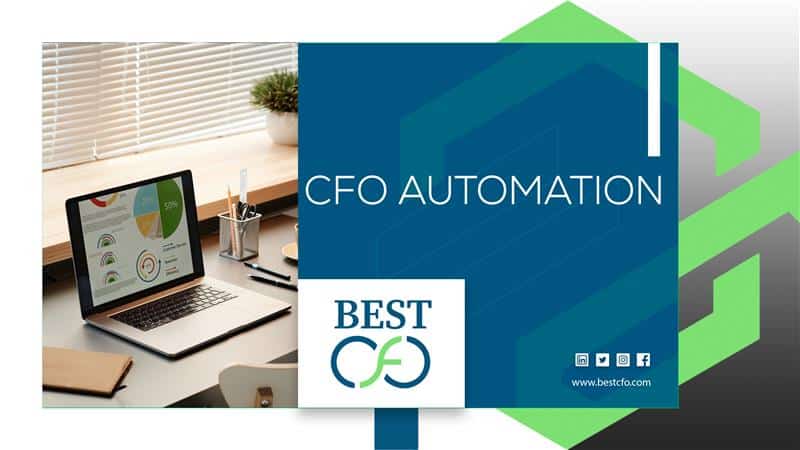
Talent Retention & Workforce Challenges
Top finance professionals don’t want to do grunt work. They want to work with smart tools and focus on strategy. Without automation, you risk losing great talent to companies that offer better tools and smoother workflows.
- Younger professionals expect automation
- Upskilled teams can focus on valuable work
- Happy teams = better performance
Regulatory & Security Vulnerabilities
Manual systems open the door to compliance mistakes and cyber risks. Older software may not meet today’s security standards, putting your data and reputation at risk.
- Automated systems log every action
- Better fraud detection tools
- Safer data handling with encryption and cloud backup
How CFOs Can Implement Automation
Here is how to implement CFO automation:
Assessing Automation Readiness
Start by looking inward. Where are your biggest time sinks? What tools are outdated? Common automation starting points:
- Accounts payable (AP)
- Payroll
- Expense management
- Financial reporting
Next, review your current tech setup. Are your systems talking to each other? Where are the gaps?
Choosing the Right CFO Automation Tools
When picking automation tools, consider:
- Ease of use: Can your team learn it quickly?
- Integration: Will it work with your current systems?
- Support: Does the vendor offer strong onboarding and help?
Popular solutions include:
- UiPath (RPA leader)
- Workday (HR and finance suite)
- Oracle and SAP (ERP systems for larger enterprises)
Change Management & Employee Adoption
Automation doesn’t mean layoffs—it means shifting talent to higher-value work. But that shift can be hard without proper support. Make sure to:
- Train teams on new tools
- Show how automation helps, not threatens
- Encourage feedback and involvement
When teams feel involved, they’re more likely to embrace change.
Measuring Success & Scaling CFO Automation
Track your progress using clear goals:
- Time saved per task
- Lower costs per report
- Fewer errors per month
Once you see early wins, expand automation into other departments like procurement or HR. That’s how digital transformation spreads—and sticks.
Conclusion
CFO automation is no longer a future idea. It’s happening right now, and the benefits are impossible to ignore:
Lower costs, faster insights, smarter decisions, and less stress.
Finance leaders who automate are leading the way. Those who don’t? They risk falling behind—fast.
If you want to be recognized as the Best CFO, automation is your ticket there. It’s not just about saving time—it’s about shaping the future of your company.
FAQs
1: What is CFO automation?
CFO automation is the use of smart technology—like AI, RPA, and cloud tools—to handle repetitive finance tasks, improve insights, and reduce errors.
2: What are the best areas to start automation?
Begin with accounts payable, payroll, and financial reporting. These areas usually offer the quickest wins.
3: Is CFO automation expensive to implement?
Costs vary, but the return on investment is high. Most businesses see major time and cost savings within months.
4: Will automation replace finance jobs?
Not replace—reshape. Teams move from data entry to strategy, helping the company grow smarter.
5: How do I choose the right CFO automation tool?
Look for ease of use, strong support, and the ability to connect with your current systems. Try comparing tools like UiPath, Workday, and Oracle.
Related Posts
Do I Need An Accountant As A Sole Trader?
Do I Need An Accountant As A Sole Trader? Are you a sole trader running…
Fractional Finance 101: Unlocking the Power of Micro-Investing
Fractional Finance 101: Unlocking the Power of Micro-Investing Have you ever looked at the price…
Cash or Accrual Accounting: Which One Should You Use?
Cash or Accrual Accounting: Which One Should You Use? Many businesses have a choice between…
Top Accounting System Implementer – QuickBooks & More
Top Accounting System Implementer – QuickBooks & More Choosing the right accounting software is one…
 Demos
Demos  Colors
Colors  Docs
Docs  Support
Support 



